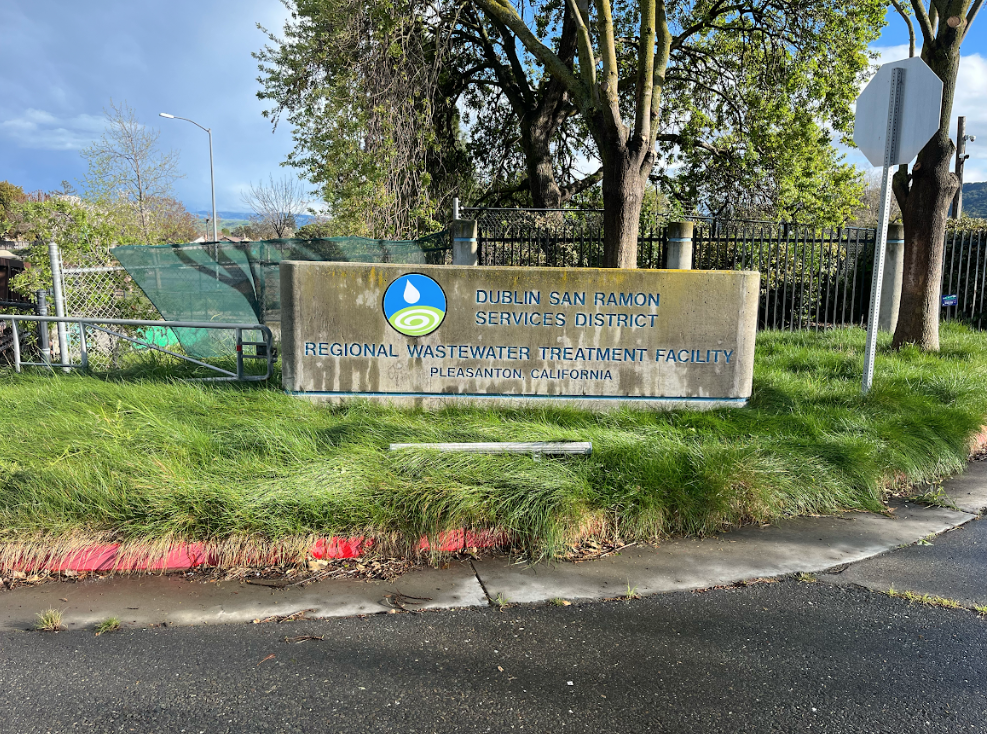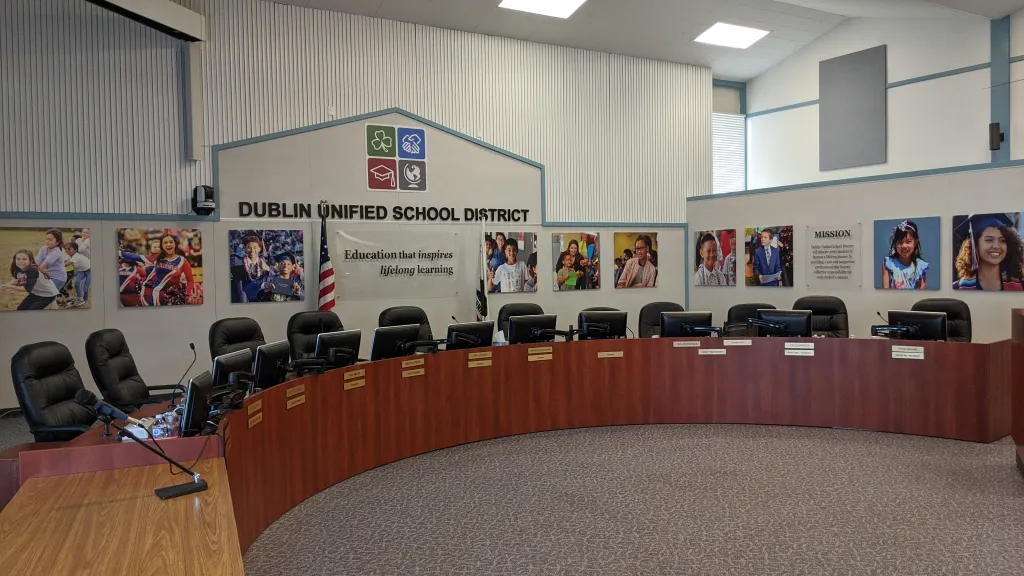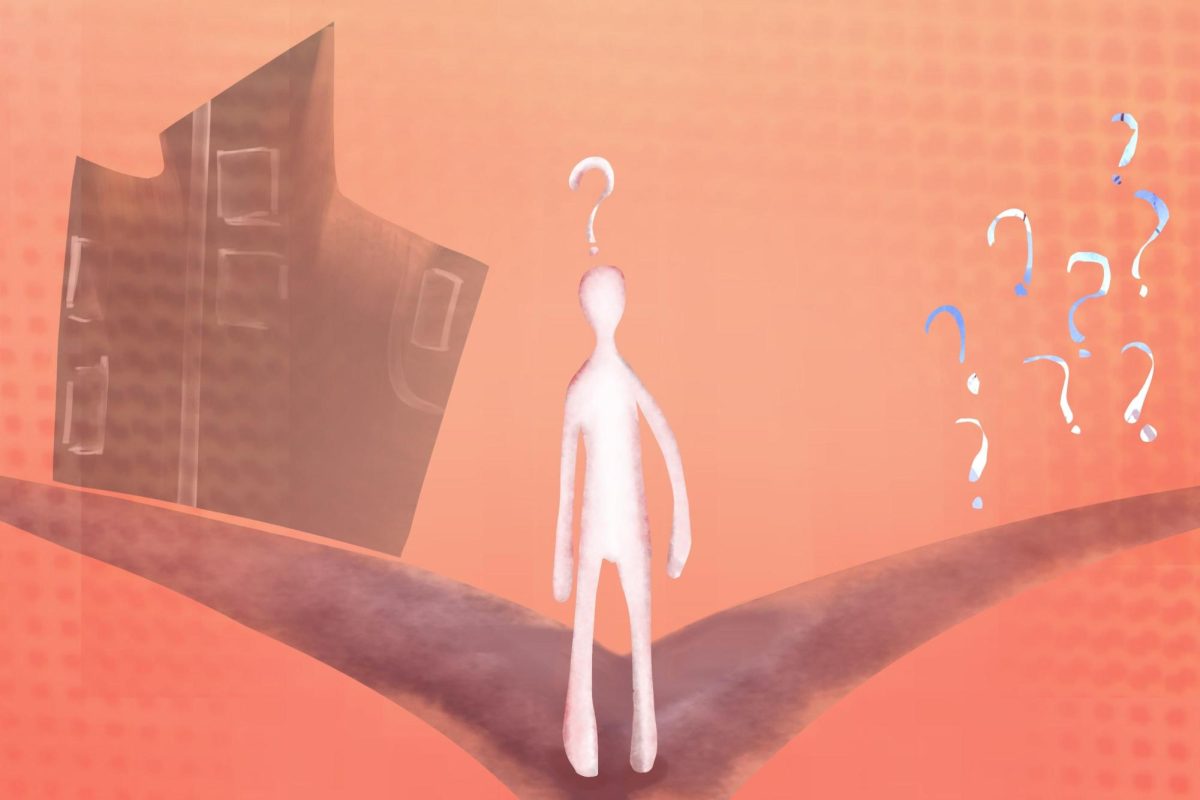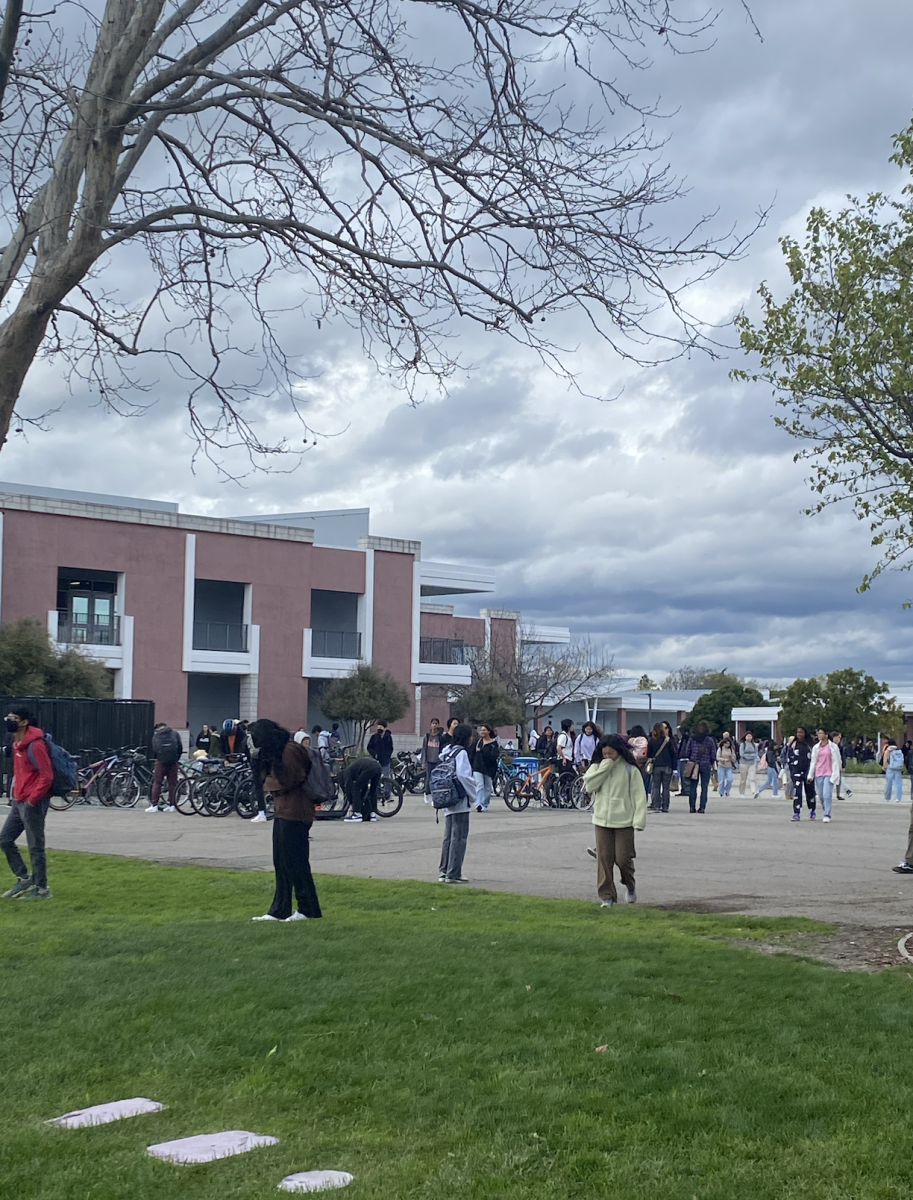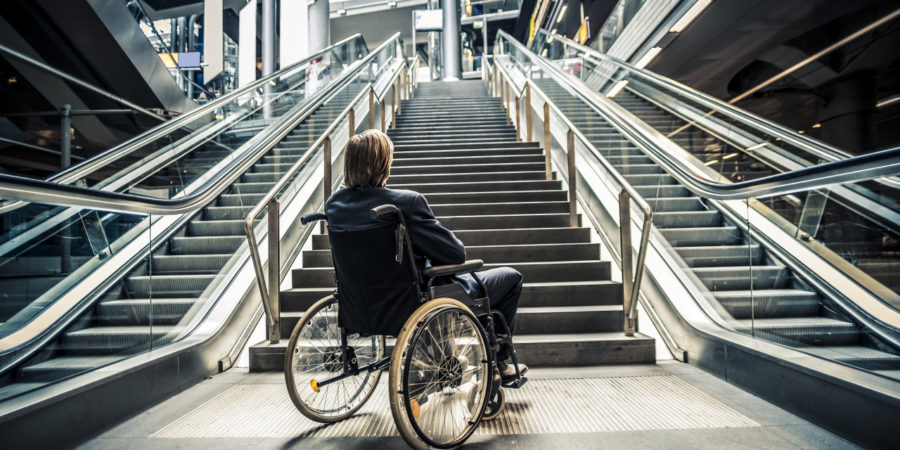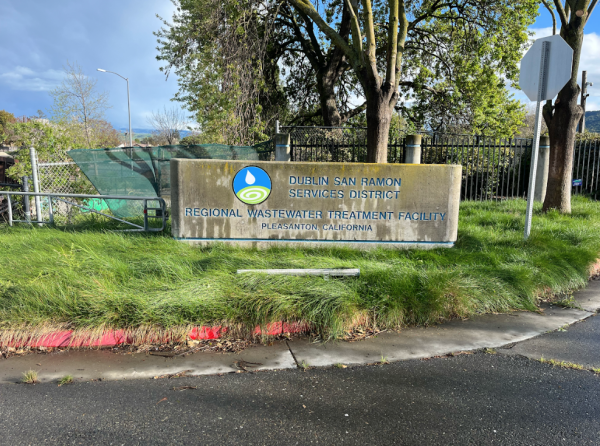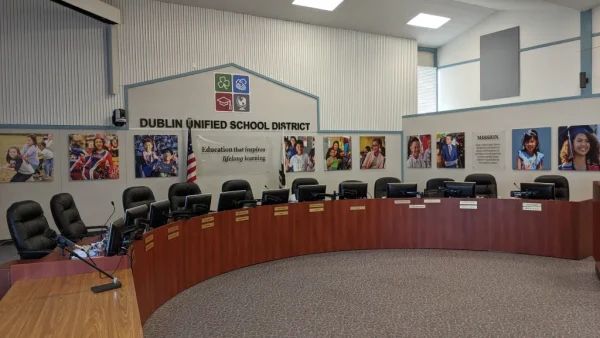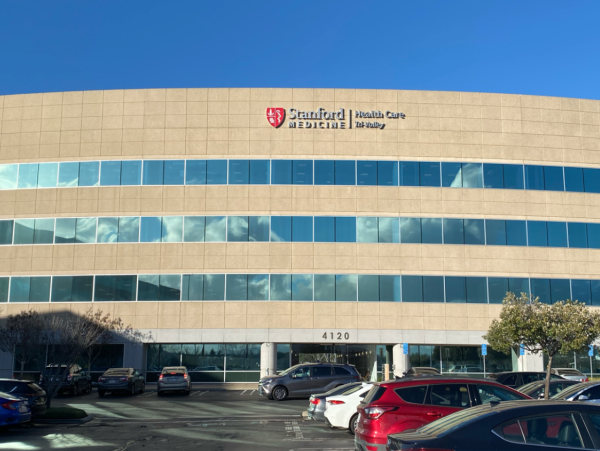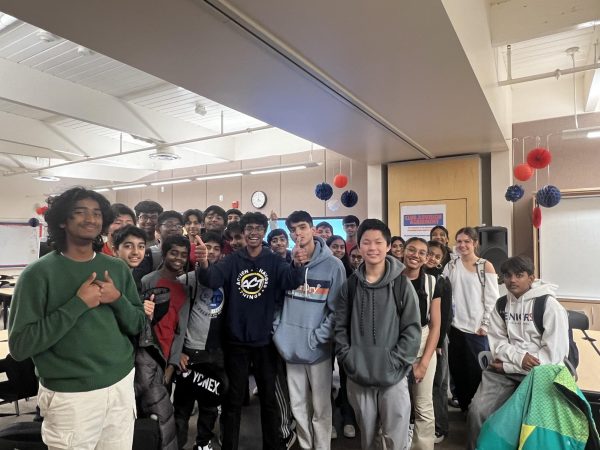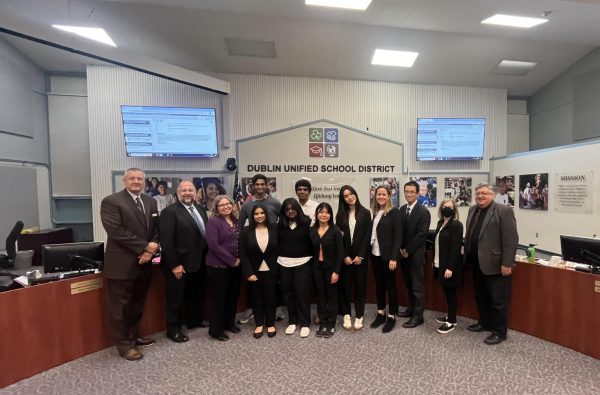Keep it Inclusive – The Lack of Accessibility within Community Spaces
Over the past few decades, monumental technological advances have been made in the field of medicine and disabilities. However, despite this progress, decreased awareness regarding the physical limitations of people with disabilities has created a world that is inaccessible to many, such as community spaces with missing or improper accommodations. According to the World Health Organization, this harms “An estimated 1.3 billion people —or 1 in 6 people worldwide—who experience significant disability” (WHO 2022). This lack of accessibility, known as barriers, is a widespread issue that must be dealt with in order to create more spaces and opportunities for others.
In 1990, the American Disabilities Act (ADA) was passed as a way to “Guarantee people with disabilities the same opportunities as everyone else to do things like go to work, visit public libraries, and enjoy stores and restaurants in their communities” (ADA). To this end, the act provides legal guidelines that buildings and facilities must meet in order to be accessible by people with disabilities, such as accessible parking spaces, elevators for large buildings, and grab bars in accessible restrooms.
Although this act was a large stride towards accommodating people with disabilities, many public spaces fail to be inclusive, and only provide the minimum legal assistance. For example, public restrooms are a type of facility that usually create many issues concerning accessibility, oftentimes because of the carelessness put into their design Those with disabilities have stated that public restroom stalls typically are only “technically accessible,” meaning they fit into the legal ADA guidelines, yet do not account for different kinds of disabilities and assistive devices. Jill Pantozzi, a website editor based in New York, has muscular dystrophy, a genetic condition causing muscle degeneration. She described her experience in a new office building, stating that within the ADA accessible bathroom, “The stall had grab bars, but trying to turn around the scooter or complete any kind of movement was completely impossible” (Ratcliff 2020). Common bathroom ADA violations include inaccessible counters and sinks, inaccessible stall dimensions, incorrect types of grab bars, and low toilets.
Outside of bathrooms, physical barriers exist in other kinds of public spaces. Outside, crosswalks have the wrong slopes and improper warnings for pedestrian routes. Inside buildings, signs lack braille for people with visual impairments, stairs have open gaps, public pools lack wheelchair lifts – and that is only to name a few. While physical barriers do present physical challenges to people with disabilities, they also have larger implications. Inaccessibility prevents people with disabilities having access to accommodating spaces, which are necessary for them to get the representation needed to make changes (Ratcliff 2020). It also prevents people with disabilities from having access to their community, which prevents them from being presented the same opportunities as able-bodied people.
Much of the issues of inaccessibility stem from a lack of awareness and understanding of the disabled community. Spreading awareness of the issue and speaking up about accessibility concerns in both public and private places can help others learn to be more accommodating in their everyday lives. In terms of violators of the ADA, potential solutions include having inspectors for ADA accessibility be people with disabilities who can understand what is needed for an accessible space, as well as citations with fines for those who are noncompliant. Having accessible spaces are what keep communities connected. To achieve this, action must be taken on a personal, community, and legal level.
Sources:
https://gizmodo.com/everyone-should-be-able-to-use-the-public-restroom-whe-1845504927
https://www.adacertified.com/top-10-ada-violations
https://www.who.int/health-topics/disability
https://www.ada.gov/topics/intro-to-ada/
Your donation will support the student journalists of Dublin High School. Your contribution will allow us to purchase equipment and cover our annual website hosting costs.





